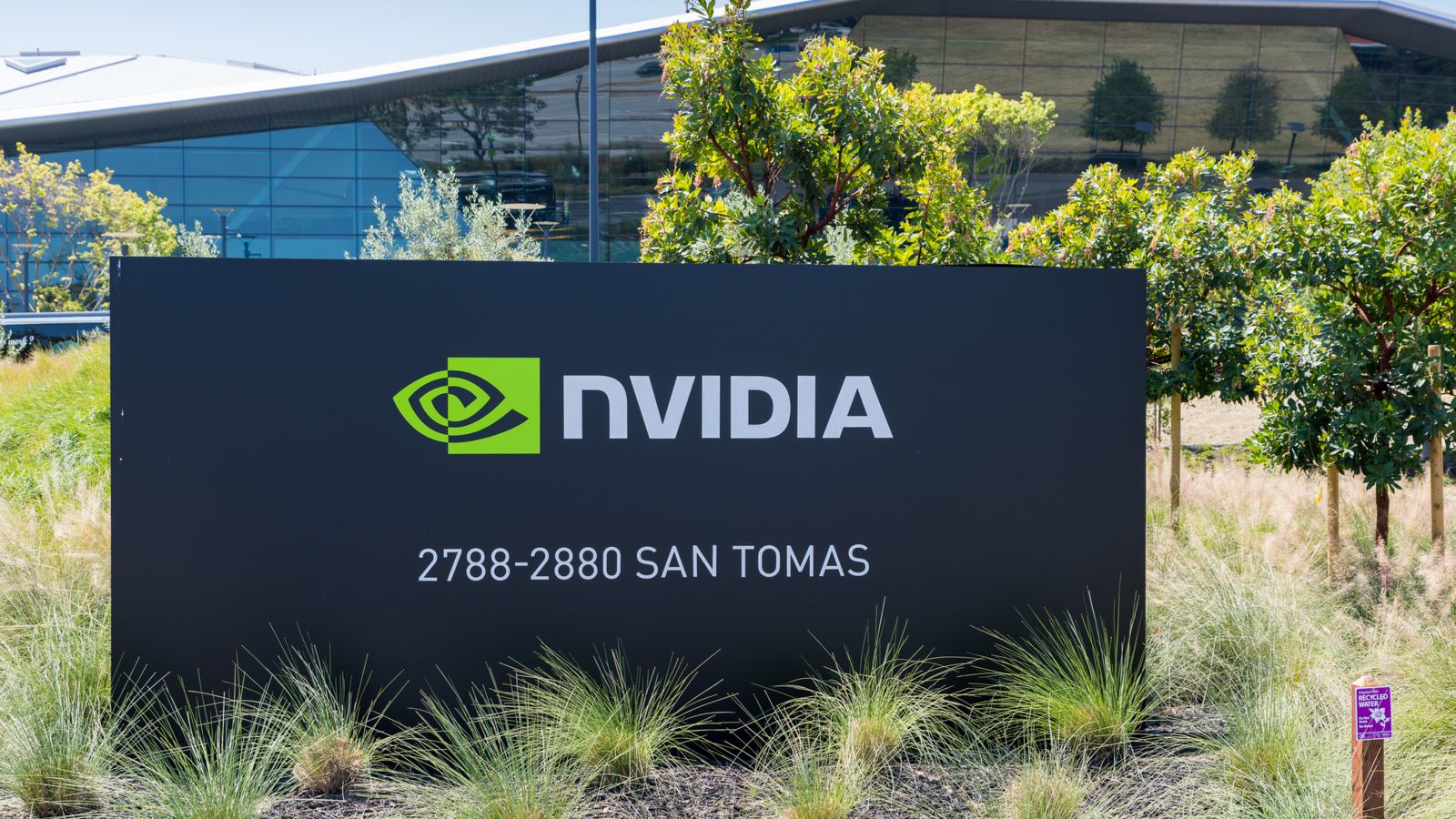Over the trailing year, semiconductor and technology firm Nvidia (NASDAQ:NVDA) has taken stakeholders on a wild ride. Right around this point in 2018, Nvidia stock was desperately treading water after a sharp bout of volatility. Unfortunately, the increasingly vitriolic U.S.-China trade war clouded the entire tech sector.

Seemingly, though, we’re on the verge of completing this geopolitical cycle. After several rounds of retaliatory tariffs and a bitter war of words, President Donald Trump recently hinted that he may sign a “phase one” deal with China as early as next month. In response, the broader markets gained on the news, as did the NVDA stock price.
Of course, if this isn’t another head-fake, a substantive deal would mean the world for the technology sector. Although NVDA competes vigorously against rivals such as Intel (NASDAQ:INTC) and Advanced Micro Devices (NASDAQ:AMD), the apparent easing of tensions between the U.S. and China is a case of a rising tide lifting all boats.
Roughly speaking, China’s market represents about 44% of Nvidia’s revenue allocation. Naturally, any positive relationship between the U.S. and China has a direct impact on Nvidia stock. And it’s not just a matter of this front-facing statistic.
For example, Nvidia is a leader in artificial intelligence platforms, which has strong implications for driverless vehicle technologies. Here, China owns the biggest automotive market. Thus, any poor relationship with the world’s second-biggest economy isn’t just an immediate impact to NVDA stock. Rather, it imposes limitations on forward-looking opportunities.
Therefore, Trump’s announcement gives Nvidia stock the catalyst it needs to maintain its recent momentum. But another development sets the stage for NVDA moving well past many of its competitors.
Separating the Men from the Boys
A few days ago, I discussed one of the most groundbreaking events in the tech sphere. I wrote:
Just recently, internet giant Alphabet (NASDAQ:GOOG, NASDAQ:GOOGL) made a breakthrough in quantum computing. Utilizing a next-generation processor, Alphabet’s quantum computer resolved a problem that would take a traditional supercomputer 10,000 years to solve.
Critics pointed out that Alphabet’s achievement was a singular, narrowly focused test. And to be fair, its quantum computer doesn’t have immediate practical applications due to complexity and cost, among other factors. But as tech researcher Hartmut Neven countered, this was a Sputnik moment for Alphabet. “Sputnik didn’t do much either. It circled the Earth. Yet it was the start of the space age,” Neven said.
Although NVDA stock isn’t substantially levered to quantum computing, what Nvidia has is strong, stable financials. This year, they’re on track to exceed $2.6 billion in research and development expenditures, well more than its smaller rivals.
In other words, the company has the resources to get a head start on this exciting innovation. In doing so, the organization’s dollars will go much further, benefiting Nvidia stock longer term.
I say this because in the current semiconductor paradigm, meaningful advancements – and therefore, advantages – are harder to come by. According to Horst Simon, deputy director of Lawrence Berkeley National Laboratory, “…we’ve seen a kind of stagnation” in supercomputer advancements.
Put another way, near the peak of a tech platform, brand differences become less meaningful. This dynamic risks commoditization, which doesn’t really benefit a premium player like Nvidia stock.
But with a new technology like quantum computing, Nvidia has a chance to separate itself from the competition. Essentially, those who can afford the research and development costs can leap ahead. Those who can’t will fall desperately behind.
The Long Game Suits Nvidia Stock
But for now, Nvidia must compete within the context of “standard” innovations: I’m talking about segments such as AI, video games, and data centers. Don’t get me wrong as these are exciting sectors. Additionally, I’ve mentioned in prior InvestorPlace articles how Nvidia’s expertise in these areas will bolster NVDA stock.
Unfortunately, semiconductor firms must deal with the implications of Moore’s Law. Essentially, this concept states that semiconductor innovations will get increasingly expensive for increasingly marginal returns.
Again, this is a rat race for which Nvidia is not well suited. Admittedly, companies like AMD are simply better suited for developing powerful processors at rock-bottom prices. Perhaps the best Nvidia processor is better than the best AMD processor. However, the true differences between the two brands are becoming lost in the minutia.
But that won’t be the case for quantum computing or any other paradigm-shattering advancement. Where Nvidia stock comes alive is in the innovation game, not commoditization. Thus, if you have a longer-term outlook, NVDA makes a strong case for itself.
As of this writing, Josh Enomoto did not hold a position in any of the aforementioned securities.
